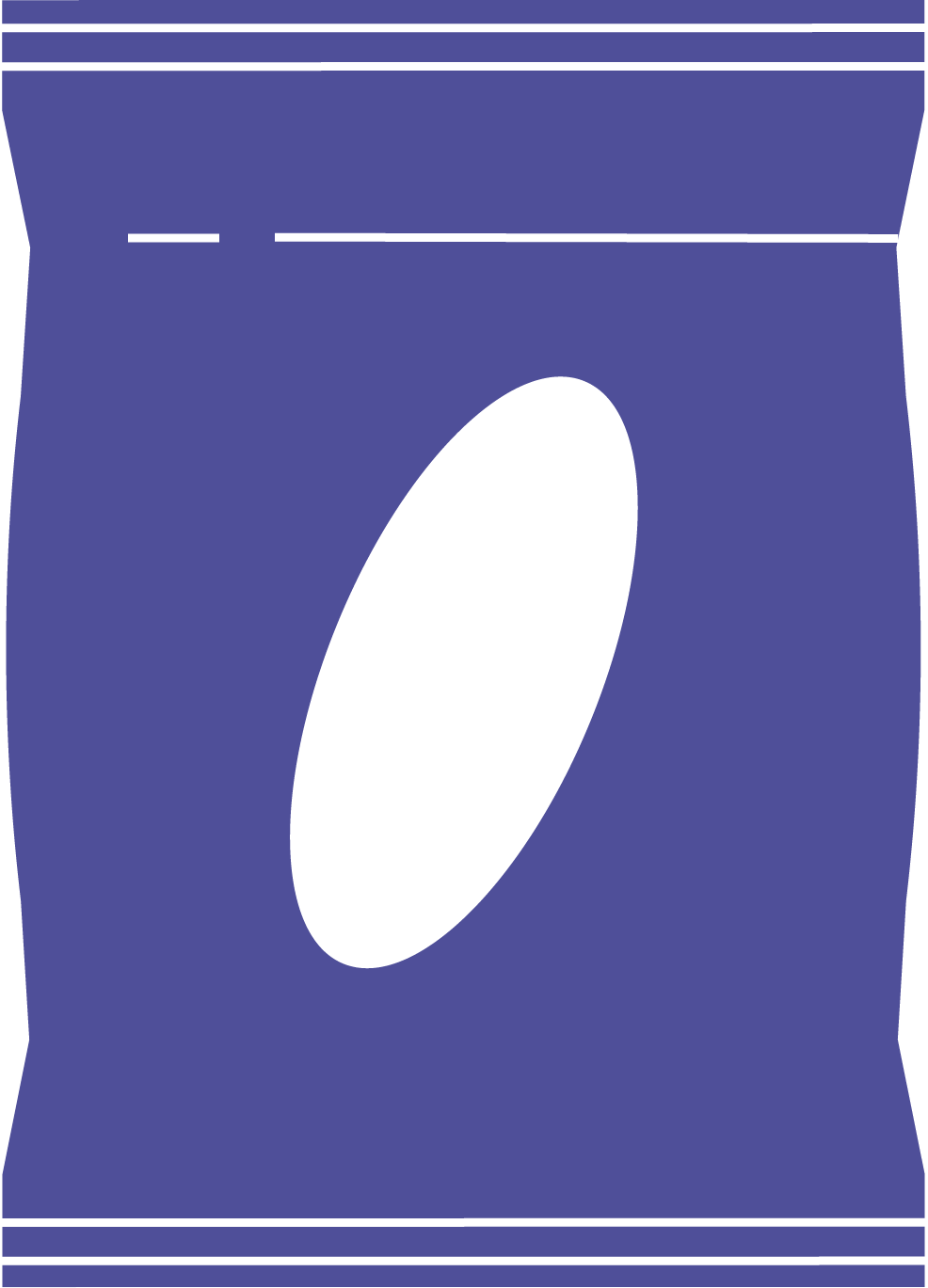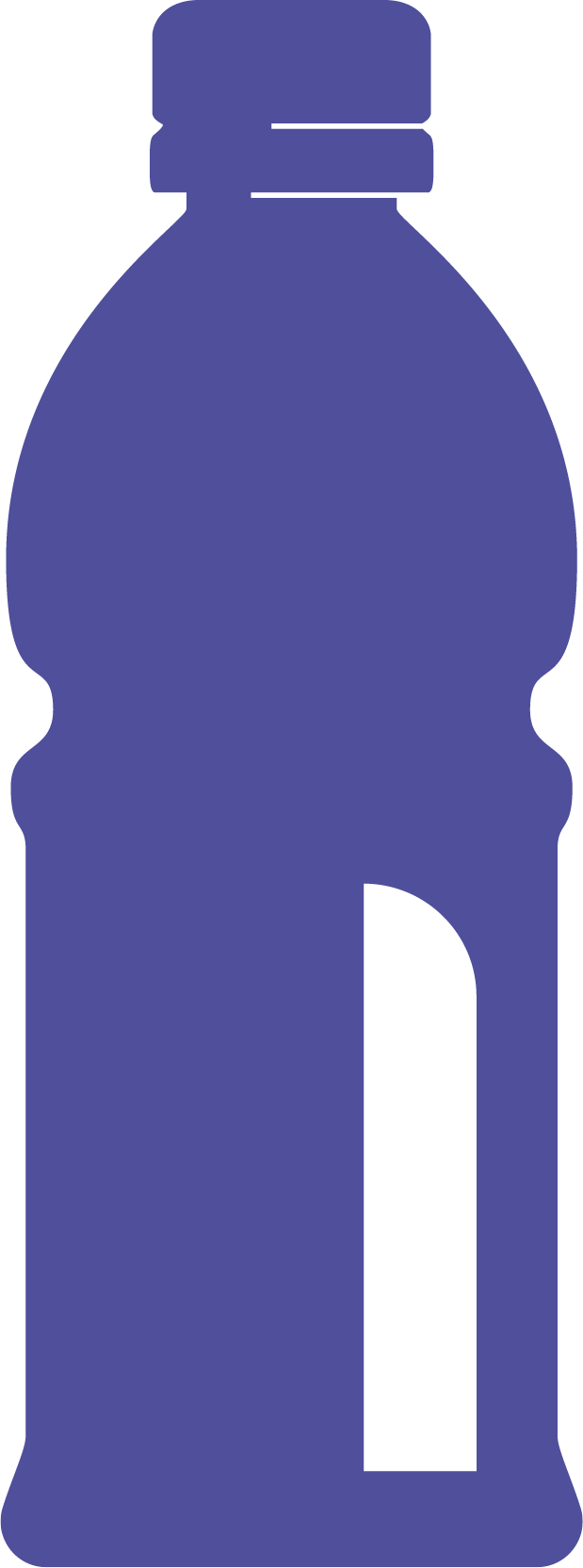Sustainability
Planet
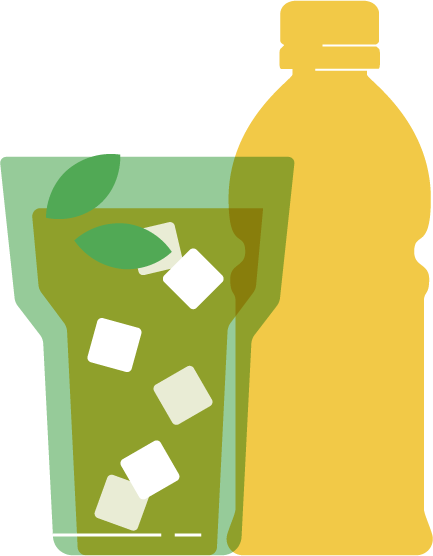
Climate Action
The company is committed to substantially improve the energy consumption of its facilities by improving the Energy Use Ratio (EUR) by 30% in 2030 versus 2020 baseline. To drive this commitment, URC continuously implements LEAN Manufacturing methodology under the Supply Chain Transformation strategy which aims to lower production downtime, reduce waste, minimize GHG emissions, and optimize the use of natural resources. The LEAN Manufacturing program is currently being implemented and replicated across the operations under the Branded Foods Business.
Sourcing
Procurement Updates
METRICS
2023
Target by 2030
% GAP-certified potato
100%
100%
% RSPO-certified Palm Olein
44%
100%
Energy Consumption
METRIC
2022
2023
Total
7,117,508 GJ
7,373,626 GJ
Renewable Sources (in GJ and %)
1,414,399 GJ
1,770,018 G
Electricity (from non-renewable)
948,192 GJ
832,217 GJ
Fossil Fuel
4,754,917 GJ
4,771,391 GJ
reduction
by 2030
vs. 2020
METRICS
2022
2023
Energy Use Ratio
2.65 GJ/MT
2.70 GJ/MT
Energy Intensity
47.48 GJ/
MnPHP
46.56 GJ/
MnPHP
Planet
Greenhouse Gas Emission
METRICS
2023
Units
Direct (Scope 1) GHG Emissions
337,953
Tonnes CO2e
Energy indirect (Scope 2) GHG Emissions
136,665
Tonnes CO2e
Total (Scope 1 + Scope 2) GHG Emissions
474,618
Tonnes CO2e
GHG Intensity
2.99
Tonnes CO2e/
MnPHP
Emissions of ozone-depleting substances
(ODS)
23.87 T
Tonnes
URC sees great opportunity in utilizing renewable sources of energy available in the sites. The sustainable energy utilization initiatives reduce URC’s reliance on fossil fuels and purchased electricity by utilizing readily available materials in the plants, such as bagasse, biomass, and solar power generated from solar rooftop installations.
URC’s long-term goal is to have all the plants utilize electricity from 100% renewable energy by 2025.
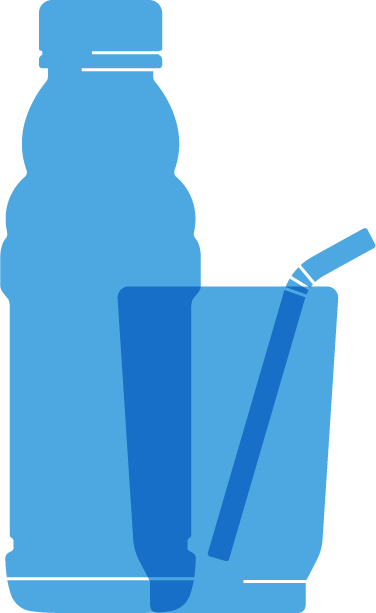
Water
The company commits to environment protection by continuing responsible water stewardship works to improve water use efficiency and to protect watersheds as embedded in the environment, health and safety policy.
URC utilizes a mix source of water, from groundwater through deep wells, surface water, and municipal water. Notably, URC SURE reduces its water consumption by using recycled water in its operation through its closed-loop system project.
Water Consumption
METRICS
2022
2023
Water withdrawal
17,909,980 m³
18, 146,638 m³
Water consumption
12,719,238 m³
10,830,007 m³
Water recycled and reused
707,810 m³
939,100 m³
Water intensity
85 m³ / MnPHP
68 m³ / MnPHP
Water Use Ratio (WUR)
6.62 m³ / tonne
6.82 m³ / tonne
People
People & Communities
URC sees an opportunity to differentiate itself as an employer from other desirable companies in the country. Grievance mechanisms and numerous communication channels, such as town hall meetings, are made available to employees. This allows URC to cover additional dimensions of employee satisfaction, such as professional development.
Consistent to our People Ambition of being talent’s top of mind company for being a global organization that stays true to its values, URC has been recognized externally as Best Place to Work not only in the Philippines but also in other countries (e.g. Malaysia, Myanmar, Indonesia and Vietnam). This is an acknowledgement on the efforts of the company in providing continuous learning and growth among its employees.
URC has continued to develop and give priority to the professional development and growth of its employees as evidenced by the varied programs and learning tools made available. It will always provide newer ways for effective education and training.

URC believes in diversity and fairness, elements critical for women to be successful at work. Respect for women begets results from women. URC strictly hires based on competencies required of the position and does not discriminate on race, color, religion, sexual orientation, disabilities. URC adheres to its antidiscrimination policy.
The company ensures that it observes fair labor practices while upholding equal opportunity and workforce diversity. HR is up-to-date on societal trends influencing the workforce demographic and is positioned to open discussions on complements to hiring based on competencies.
Employee data
(Diversity and Inclusion)
13,171
Employees
in 2023
By Gender
No. of Employees
Female
4,157
Male
9,014
By Age Group
No. of Employees
Gen Z (26 and below)
1,940
Millennial (27-41)
7,127
Gen X (42-56)
3,687
Baby Boomer (57 and up)
417
By Contract Type
No. of Employees
Regular
11,605
Consultant, FTE & Project based
913
Probationary
653
By Length of Tenure
No. of Employees
< 1 years
1,556
1-3 years
2,037
3-5 years
1,628
5-7 years
1,644
7+ years
6,306
By Rank
No. of Employees
Executive/Senior Management
105
Rank & File
7,733
Supervisor
1,633
Manager
987
Seasonal
378
Professional / Technical
2,335
By Business Unit
No. of Employees
BCF PH
3,989
BCF International
5,370
AIG
644
Flour
397
SURE
2,247
Main
524
METRICS
2023
LTIFR Ratio
1.01
Average training hours
per employee
26.50
hrs/employee

Product

The company adheres closely to the Philippine Food Safety Act (Republic Act or R.A. 10611) which protects consumer health and safety. Regulatory compliance encompasses product registration, sale, inspection, labeling, and marketing.
URC ensures full compliance with regulatory labeling and product information requirements, implementing the necessary analysis for nutritional facts and claims.
Wellness Criteria
METRICS
2023
% of products passed 1 Wellness Criteria
100%
% of products passed 2 Wellness Criteria
99%
% of products passed 3 Wellness Criteria
86%
products
passed
3 Wellness
Criteria

GRI Index
ESG INDEX

Economic Value Generated and Distributed
Note: Employee wages and benefits include salaries and wages, other employee benefits, pension expense, direct labor under cost of goods sold (COGS) and contracted services
Payments to suppliers and other operating costs include cost of sales, operating expense (excluding personnel cost, direct labor under COGS, contracted services, licenses and taxes), net foreign exchange gains (losses), market valuation loss on financial assets and liabilities at fair value through profit or loss – net, other income (expense)
Dividends given to stockholders and interest payments to loan providers include dividends paid and finance cost
Taxes given to government include provision for income tax and payments to government (taxes and licenses)
Investment to community include key significant community engagement initiatives, food and beverage conducted by the company within the year
Gross revenue includes sale from goods and services, and finance revenues
Proportion of Spending on Local Suppliers
Note: Data covers BCF-PH and BCF-INT which composed of direct materials (raw material and packaging material) only

Training on Anti-Corruption Policies and Procedures
Note:
¹ 100% of new employees undergo onboarding training. The Code of Business Conduct and Offenses Subject to Disciplinary Action are part of the onboarding presentation. These policies and programs are also made available online for easy access to the rest of the employees for their reference and guidance.
² This accounts for total suppliers to whom the Code of Business Conduct, the Code of Discipline, and related Offenses Subject to Disciplinary Actions (OSDA) have been communicated to during the onboarding and orientation processes.
Incidents of Corruption

Energy Consumption within the Organization
Note:
Data covers information of total URC (BCF-PH, BCF-INT, Flour, SURE, AIG, head offices, and external distribution centers in the Philippines)
¹ Renewable sources include power generated from solar, biomass/biogas owned facilities, and electricity purchased from the renewable energy sources
² Fossil fuel includes diesel, bunker, LPG, LNG, CNG used in operations and gasoline used in company-owned vehicles
³ EUR is the measurement of energy consumption in relation to production volume
Water Consumption within the Organization
/ MnPHP
/tonne
Note:
Data covers information of total URC (BCF-PH, BCF-INT, Flour, SURE, AIG, head offices, and external distribution centers in the Philippines)
¹ Water withdrawal is the volume of water extracted from ground water, surface water, sea water and third-party water
² Water consumption is computed as the difference between water withdrawal vs water discharge (found in effluents section)
³ Water recycled and re-used is the volume of water from wastewater and rainwater recovery
⁴ WUR is the measurement of water consumption in relation to production volume

Greenhouse Gas Emissions
Other Materials used by the Organization
Note:
Data covers selected input materials needed for the manufacturing process but are not part of the final product. These include the process materials used as alternative fuel to generate energy and RPET materials. Scope is total URC (BCF-PH, BCF-INT, Flour, SURE, AIG, and external distribution centers in the Philippines)
¹ Renewable materials pertain to coffee spent ground, spent tea leaves, bagasse, spent wash, molasses, chicken manure, and pit dung used as alternative fuel
² Non-renewable materials pertain to re-grind PET bottles reused to mix with virgin resin for bottle making of BCF-PH.
³ Percentage of recycled input materials is computed as the amount of re-grind PET used as feedstock divided by the total input materials (virgin resin + re-grind PET).

Ecosystems and Biodiversity (whether in upland/watershed or coastal/marine)
Note: Data covers information of total URC (BCF-PH, BCF-INT, Flour, SURE, AIG, and external distribution centers in the Philippines)
Air Pollutants
- Data covers information from air pollution sources equipment (APSE) specifically from the boilers and gensets of URC with air emission test results in 2023 conducted by a DENR Accredited Laboratory
- Per National Emission Standards for Source Specific Air Pollutants, all the emission test result expressed in mg/Nm3 were within the set standard of DENR EMB.
- URC’s boilers, generator sets and company-owned vehicles undergo mandatory emission testing as mandated by the DENR and Land Transportation Office. Moving forward, URC will evaluate and determine appropriate monitoring process as part of the continuous alignment with the Clean Air Act.
Solid Waste
Data covers information of total URC (BCF-PH, BCF-INT, Flour, SURE, AIG, and external distribution centers in the Philippines).
¹ Biodegradable waste originated from plant or animal sources which may be broken down by other living organisms
² Non-biodegradable wastes were sold as scrap or returned to the recycling stream (e.g.: plastic containers, rubber, and metal)
³ Residual/Landfilled – non-potential and non-recoverable waste that are disposed to sanitary landfill.
⁴Renewable are waste materials used as alternative fuel to generate the company’s own energy (e.g.: Coffee Spent Grounds used as alternative fuel to boiler to produce steam for the production

Hazardous Waste
Note:
¹Data covers information of total URC (BCF-PH, BCF-INT, Flour, SURE, AIG)
² Data covers information of BCF-PH, BCF-INTL, Flour, SURE, AIG)
The difference in the quantity of hazardous waste generated and transported was stored in the DENR prescribe Hazardous Waste Storage onsite waiting for schedule of transport and treatment.
Effluents
Note:
Data covers information of total URC (BCF-PH, BCF-INT, Flour, SURE, AIG, and External Distribution Centers in the Philippines)
¹Percent of wastewater is computed as the total volume of water recycled and reused over the total volume of water discharges
Employee Data
Note: Data covers the total number of URC regular employees as of December 31, 2023
¹Attrition rate is the total voluntary turnover of current year over average total no. of employees of current year (including new hires for the year)
²The ratio is based on the comparison between the wage of the lowest paid employee (base fare) and the minimum wage on the specific region. URC is compliant with the minimum wage requirement. Other compensation provided to regular employees are indicated in the table below.

Data for New Hires
Note: Data covers the total number of URC regular employees as of December 31, 2023

Turnover
Note: Data covers the total number of URC regular employees as of December 31, 2023,
The breakdown of turn-over data by permanent employees, age group and rank cover voluntary only.

Employee Benefits
Note:
¹The information covers the total number of URC PH regular employees
²Data on housing assistance are only applicable to selected AIG, Flour, and SURE employees
³Applicable to employees working in the head office
Employee Training and Development
Note: Data covers the total number of URC regular employees who underwent training in 2023.
No breakdown between male and female in 2023. However, starting 2024, data on gender has been included in the monitoring of all trainings attended/ provided.
Diversity and Equal Opportunity
Note: Data covers the total number of URC regular employees who underwent training in 2023.
No breakdown between male and female in 2023. However, starting 2024, data on gender has been included in the monitoring of all trainings attended/ provided
Occupational Health and Safety
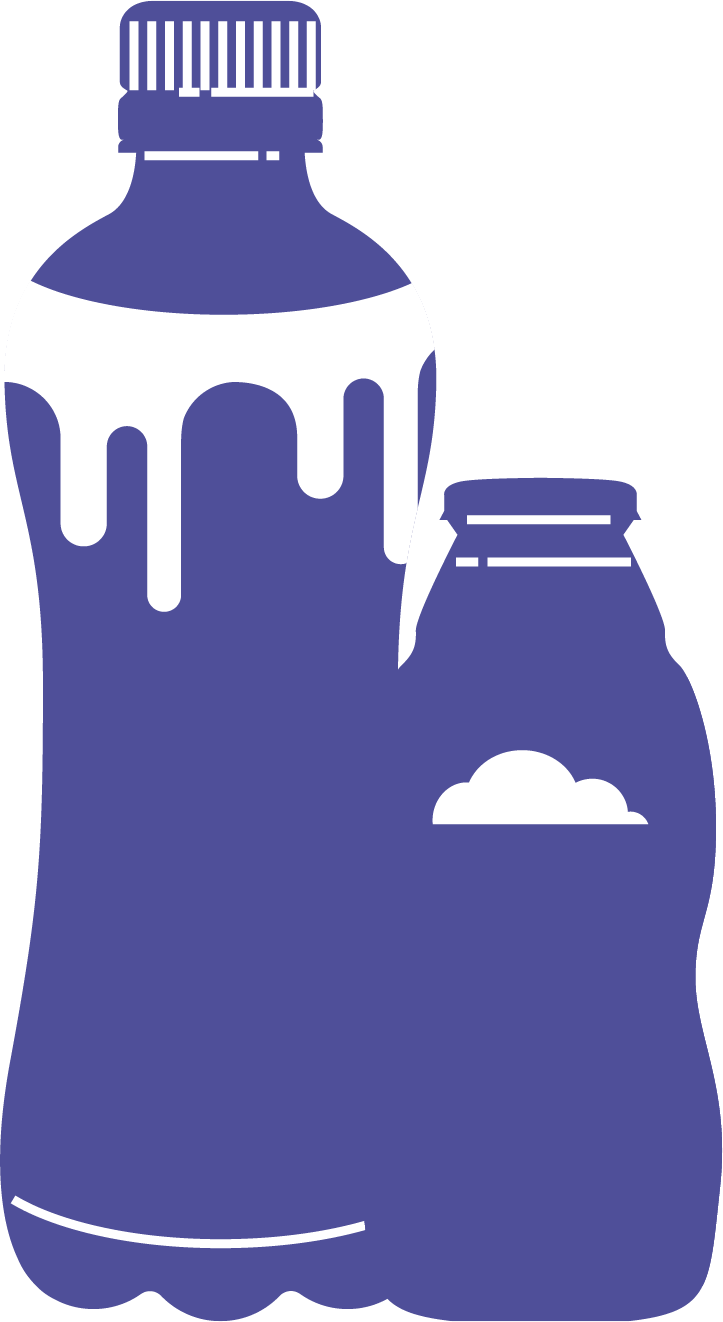
Note: Data covers information of total URC (BCF-PH, BCF-INT, Flour, SURE, AIG, head offices, and external distribution centers in the Philippines)
¹Total man-hours are the number of hours worked in the reporting period. These includes regular employees and third-party employees that are performing work in the workplace that is controlled by the organization
²Number of work-related injuries include First-Aid Treatment Injury (FTI), Medical Treatment Injury (MTI), and Lost-time

